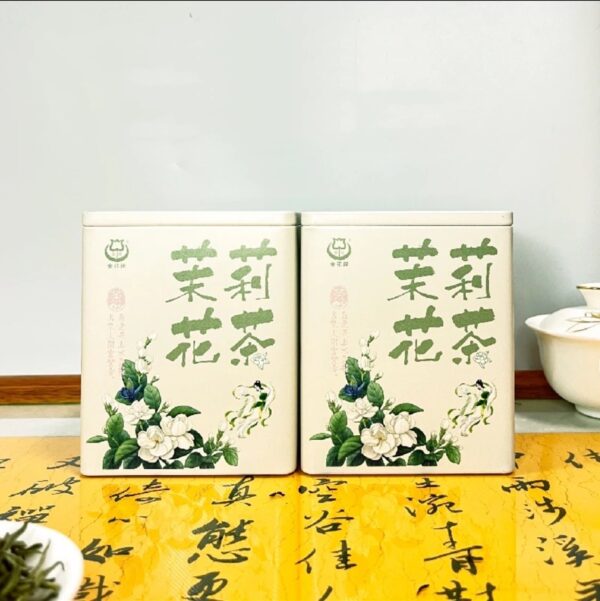
# Jasmine Tea: A Fragrant Journey Through Tradition and Taste
## The Origins of Jasmine Tea
Jasmine tea has a rich history that dates back over 1,000 years to China’s Song Dynasty. This aromatic beverage was first created in Fujian Province, where tea makers discovered the perfect method to infuse delicate green tea leaves with the intoxicating scent of jasmine blossoms.
The process was initially developed as a way to preserve the fleeting fragrance of jasmine flowers, which bloom for only a short period each year. Tea artisans found that by carefully layering fresh tea leaves with jasmine blossoms, they could capture the flower’s essence in a lasting form.
## The Art of Jasmine Tea Production
Creating authentic jasmine tea remains a labor-intensive craft that requires precision and patience. The traditional process involves several meticulous steps:
1. Tea leaves are harvested in early spring and stored until jasmine blooming season
Keyword: jasmine tea
2. Jasmine flowers are picked in late summer when their fragrance is most potent
3. The flowers are layered with tea leaves at night when jasmine naturally releases its scent
4. The mixture is carefully turned and monitored for optimal scent absorption
5. The process may be repeated multiple times over several nights
The highest quality jasmine teas undergo this scenting process seven or more times, with fresh jasmine blossoms used each night.
## Varieties of Jasmine Tea
While jasmine green tea is the most common variety, this fragrant flower is used to scent several types of tea:
– Jasmine Pearl Tea: Hand-rolled green tea leaves that unfurl when brewed
– Jasmine Silver Needle: Made with delicate white tea buds
– Jasmine Oolong: Combines floral notes with oolong’s complex flavors
– Jasmine Black Tea: A bolder interpretation with deeper malty notes
Each variety offers a unique tasting experience while maintaining the characteristic jasmine aroma that makes this tea so distinctive.
## Health Benefits of Jasmine Tea
Beyond its delightful fragrance and taste, jasmine tea offers numerous health benefits:
– Rich in antioxidants that may help combat free radicals
– Contains L-theanine, which promotes relaxation without drowsiness
– May support heart health and help regulate cholesterol
– Potential metabolism-boosting properties
– Natural stress-relieving effects from the jasmine aroma
The combination of tea polyphenols and jasmine’s natural compounds creates a beverage that’s as good for the body as it is pleasing to the senses.
## Brewing the Perfect Cup
To fully appreciate jasmine tea’s delicate flavors, proper brewing is essential:
1. Use fresh, filtered water heated to 175-185°F (80-85°C)
2. Measure approximately 1 teaspoon of tea leaves per 8 oz cup
3. Steep for 2-3 minutes for green tea varieties, 3-5 minutes for black tea
4. Avoid oversteeping to prevent bitterness
5. Enjoy plain to appreciate the natural flavors, or add a touch of honey if desired
For jasmine pearl teas, watch as the tightly rolled leaves gracefully unfurl in your teapot or cup – a visual delight that precedes the aromatic experience.
## Cultural Significance
Jasmine tea holds a special place in Chinese culture and beyond:
– Traditionally served to honored guests as a gesture of hospitality
– Featured in important ceremonies and celebrations
– Symbolizes purity, elegance, and grace in Chinese poetry and art
– Used in traditional medicine for its calming properties
– Gained global popularity through trade routes and cultural exchange
Today, jasmine tea continues to bridge cultures, offering a sensory experience that transcends language and borders.
## Pairing Jasmine Tea with Food
The versatile flavor profile of jasmine tea makes it an excellent companion for various cuisines:
– Light pastries and mooncakes enhance its floral notes
– Spicy Asian dishes benefit from its refreshing quality
– Fresh fruit, especially citrus and berries, create harmonious pairings
– Mild cheeses allow the tea